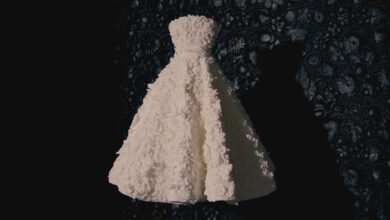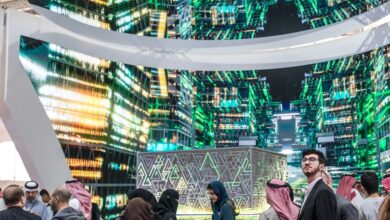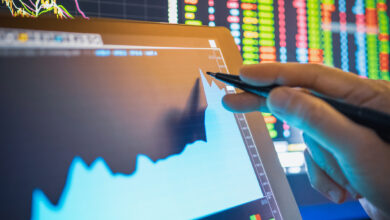Why artists aren’t happy about artificial intelligence [column] | Local Voices
![Why artists aren’t happy about artificial intelligence [column] | Local Voices Why artists aren’t happy about artificial intelligence [column] | Local Voices](https://europeantech.news/wp-content/uploads/2024/04/60bab088d774f.image_.jpg)
OpenAI and other artificial intelligence art generators can create images just by having the user type in whatever they want.
Art is quite prominent in the discussions about AI, which has been growing and developing a lot recently. AI-generated art has been a hot topic for many artists, and many are not pleased with it. AI-generated art takes away from human creativity, and AI should not be used to create art.
A fascinating September 2022 article in The New York Times (“An AI-Generated Picture Won an Art Prize. Artists Aren’t Happy”) details how an AI-generated image won an award in competition against many human artists.
Entrant Jason M. Allen won the blue ribbon at the Colorado State Fair by using Midjourney, an AI program that turns text prompts into realistic graphics. The other contestants, who had put much more effort into their own works, lost to someone who had simply typed a description of what image he wanted into an AI art generator.
Many of the competitors were rightfully angry, given the minimal effort by Allen.
AI-generated art shouldn’t be allowed to compete — let alone win — against human-created art. Artwork generated by AI should be placed into an entirely new category of art.
With the rapid growth of AI tools, another consequence is that many people could lose their own creativity and desire to learn how to create art.
AI-generated art has won prizes, but that isn’t all. Charity and auction events are making thousands of dollars using AI-generated art. A 2018 New York Times article by Gabe Cohn notes that an AI-generated painting was sold by Christie’s for $425,500. If AI-generated art can produce so much revenue, then why would real artists spend their time on a project that might only sell for a few thousand dollars?
This could also make buyers wonder if the art they’re purchasing was actually made by a real person.
Another question: With the rise of AI-generated art, could artists who are seeking profits and are willing to use AI get away with not working as hard?
The rise of AI-generated art is also disrupting the working class, especially those in the animation industry.
A January article on the news website Cartoon Brew notes that one-quarter of the animation industry has already implemented generative AI programs and, of those, 44% are using the technology to assist with the generation of 3D models, thus assisting the animators.
In addition to the animation industry, other forms of entertainment, like video games, could see human jobs put at risk by AI.
Cartoon Brew found that 47% of respondents to a survey expect to use AI for developing 3D assets, adding: “Three-fourths of respondents said that GenAI tools, software, and/or models have already supported the elimination, reduction, or consolidation of jobs in their business division.”
AI will play a big role in the swifter production of animated shows and movies — but it will also cost workers their jobs.
The takeover by AI is no longer just an idea in a science fiction Hollywood movie. It is now reality.
We should remain grateful for the human artists who work hard to produce animated shows that the whole family can enjoy.
Poe Htoo is in the ninth grade at Warwick High School.



